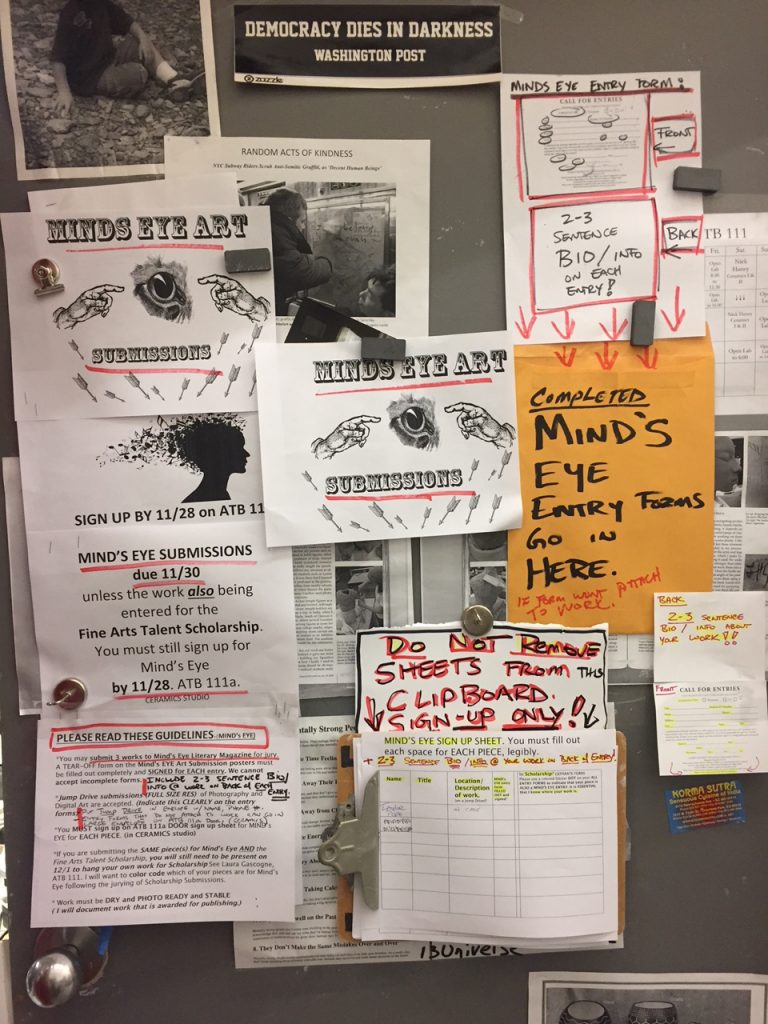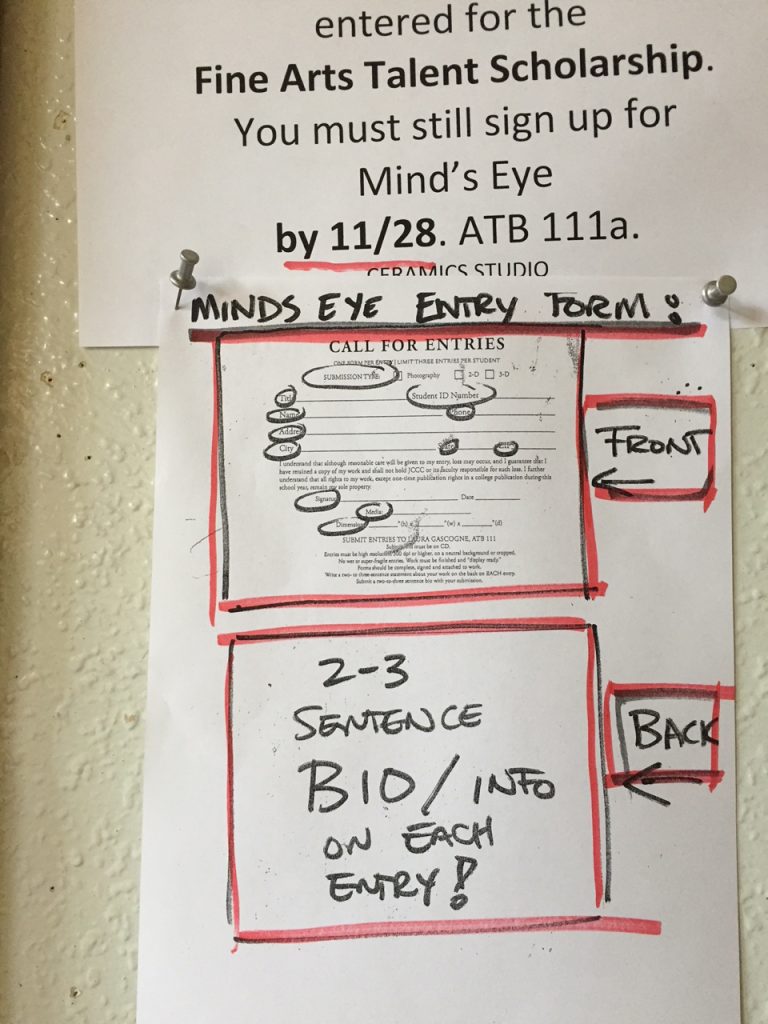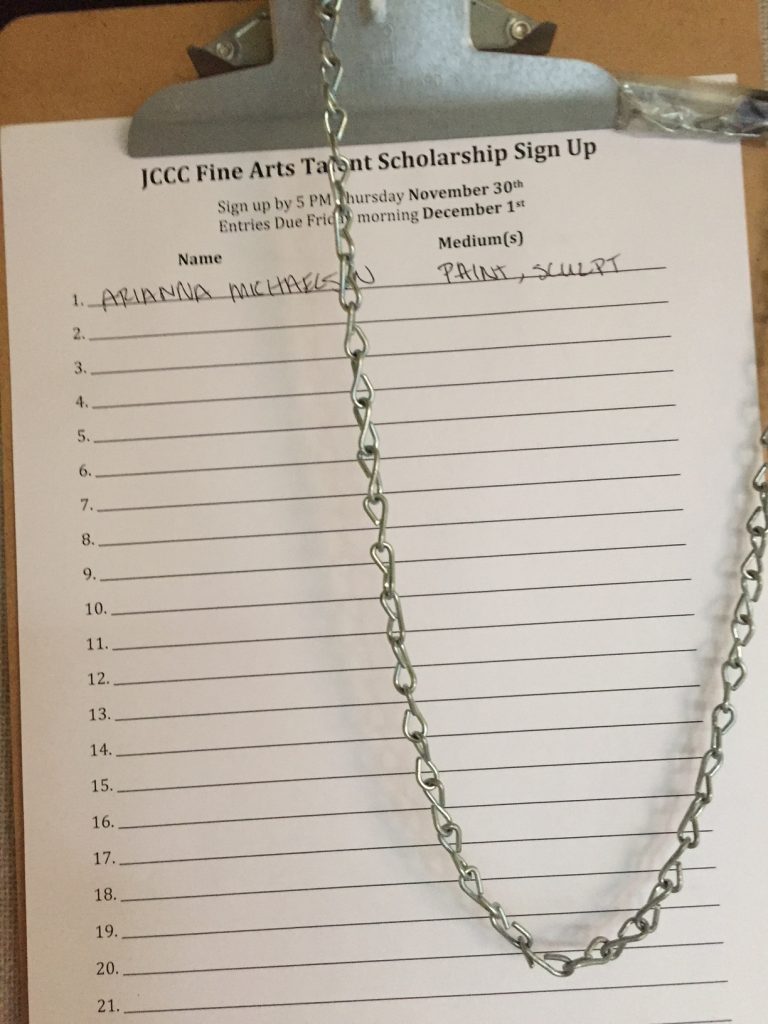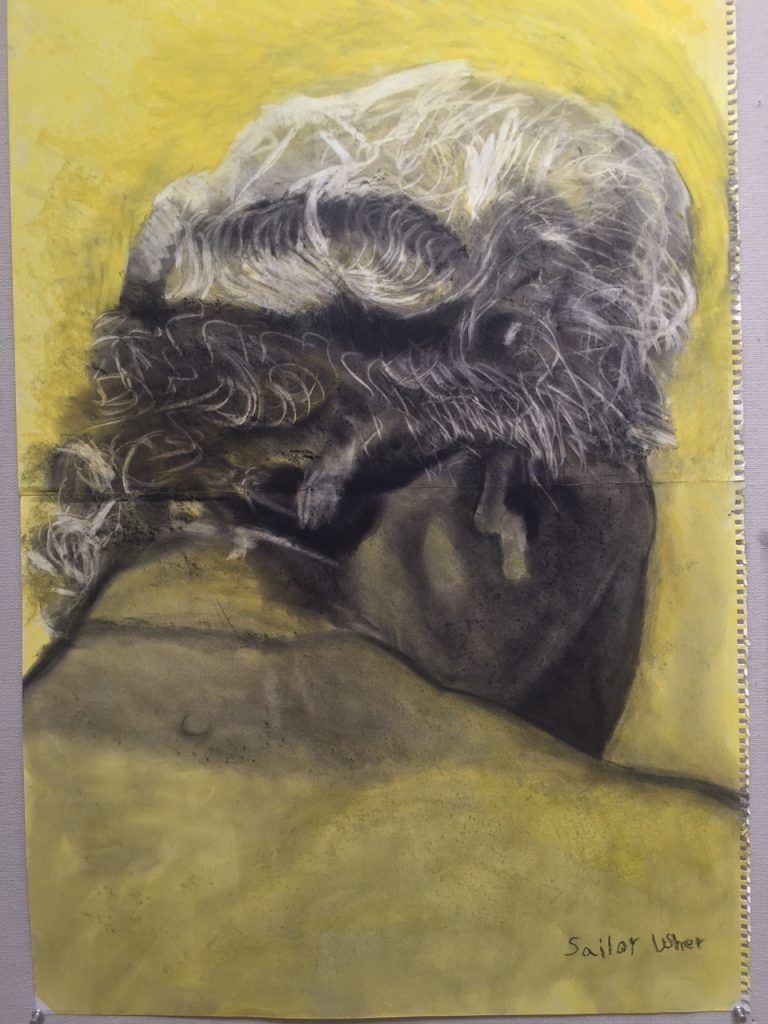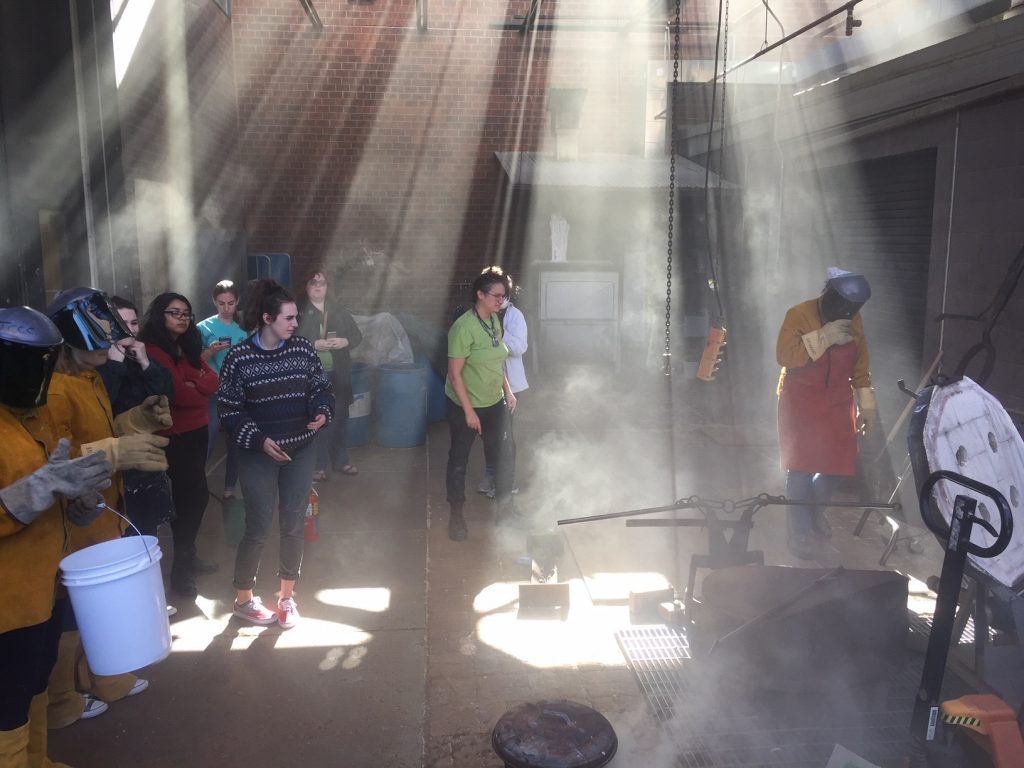Monthly Archives: November 2017
Student Artwork of the Week
Rakuing in Ceramics
Raku (楽焼 raku-yaki) is a Japanese term that refers to a 16th century technique and philosophy of ceramics and firing that became an integral part of the Japanese Tea Ceremony during that time. It encompasses the idea of cherishing the “imperfect”, or as it is referred to in Japan, Wabi-sabi (侘寂). Tea Bowls, or “chawan” were low fire glazed, quickly fired (as opposed to a typical firing), and “pulled” from the kiln while still hot. They would be allowed to cool rapidly in the air, which resulted in unpredictable, “Wabi-Sabi” glaze results… in the 1950’s, a then young Paul Soldner, American potter, began to introduce an “American method” of Raku, keeping the Wabi-sabi philosophy but creating more vivid and colorful glazes than those which had been used traditionally in Japan. Pieces would be “smoked” or “oxygen reduced” or simply, “reduced” after being pulled, to create the wildly unpredictable and striking metallic colors that we see in much of the raku pieces today. -l. gascogne
Pics/ video by l. gascogne
Below: JCCC CERAMICS STUDENTS RAKUING
If the video does not play, Try THIS:
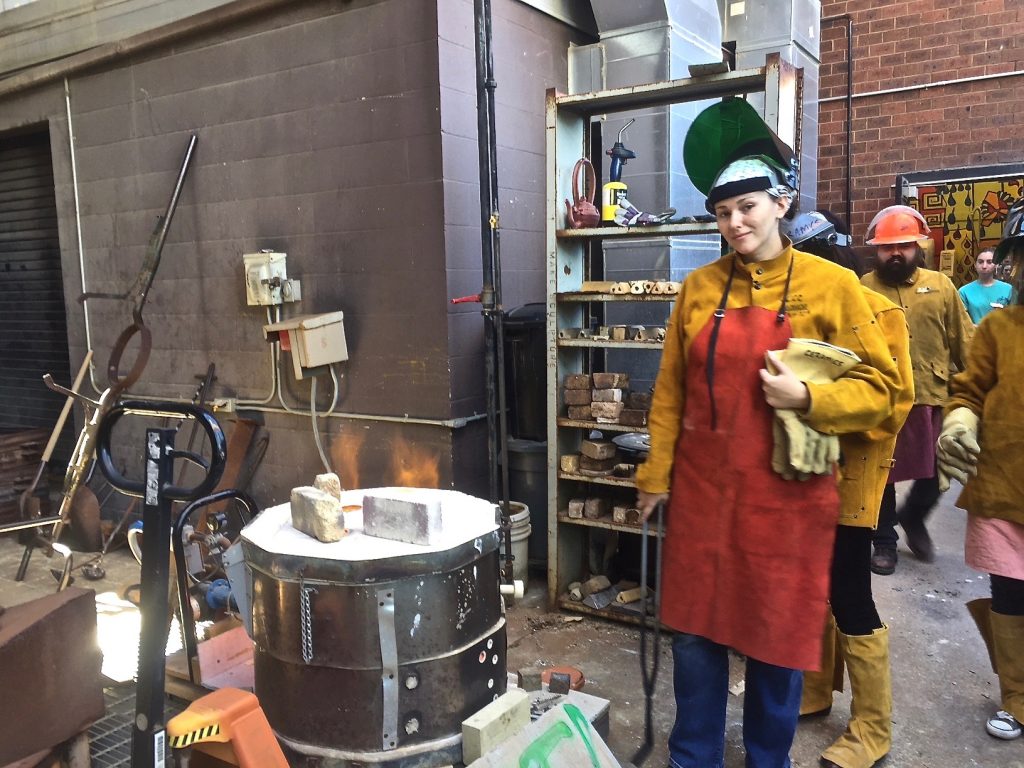
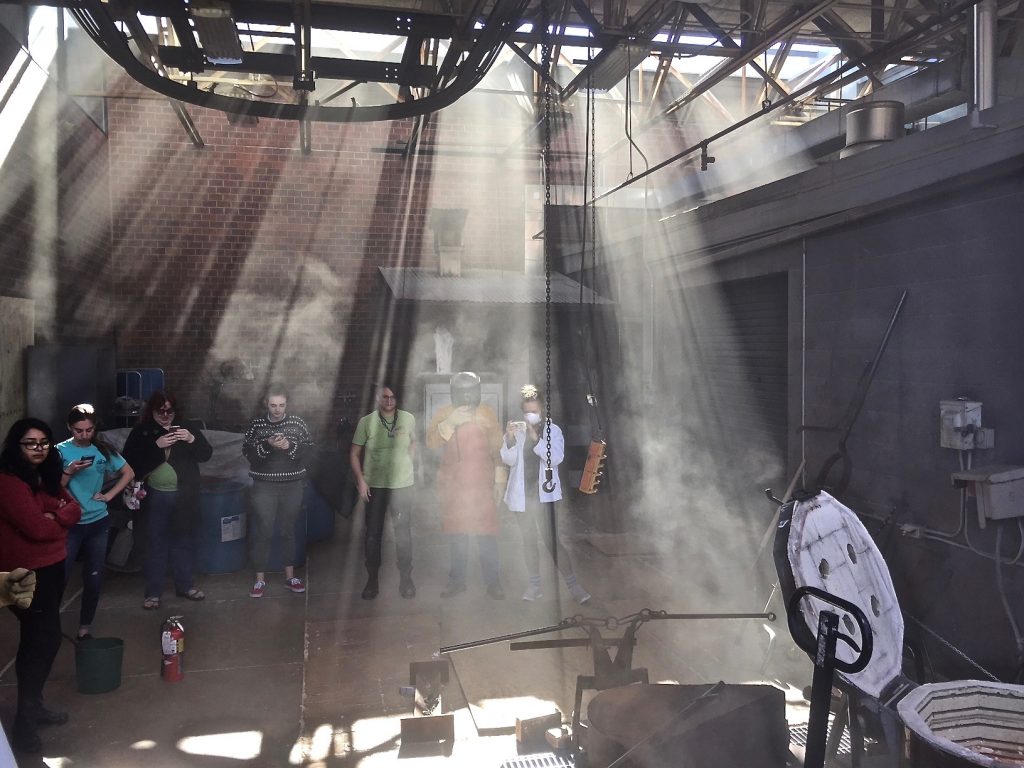
Samuel Davis’s Ceramics class – Rakuing
Raku (楽焼 raku-yaki) is a Japanese term that refers to a 16th century technique and philosophy of ceramics and firing that became an integral part of the Japanese Tea Ceremony during that time. It encompasses the idea of cherishing the “imperfect”, or as it is referred to in Japan, Wabi-sabi (侘寂). Tea Bowls, or “chawan” were low fire glazed, quickly fired (as opposed to a typical firing), and “pulled” from the kiln while still hot. They would be allowed to cool rapidly in the air, which resulted in unpredictable, “Wabi-Sabi” glaze results… in the 1950’s, a then young Paul Soldner, American potter, began to introduce an “American method” of Raku, keeping the Wabi-sabi philosophy but creating more vivid and colorful glazes than those which had been used traditionally in Japan. Pieces would be “smoked” or “oxygen reduced” or simply, “reduced” after being pulled, to create the wildly unpredictable and striking metallic colors that we see in much of the raku pieces today. -l. gascogne
Pics/ video by l. gascogne
Below: JCCC CERAMICS STUDENTS RAKUING




